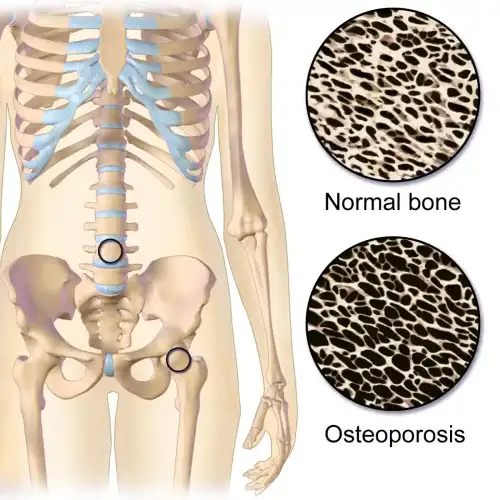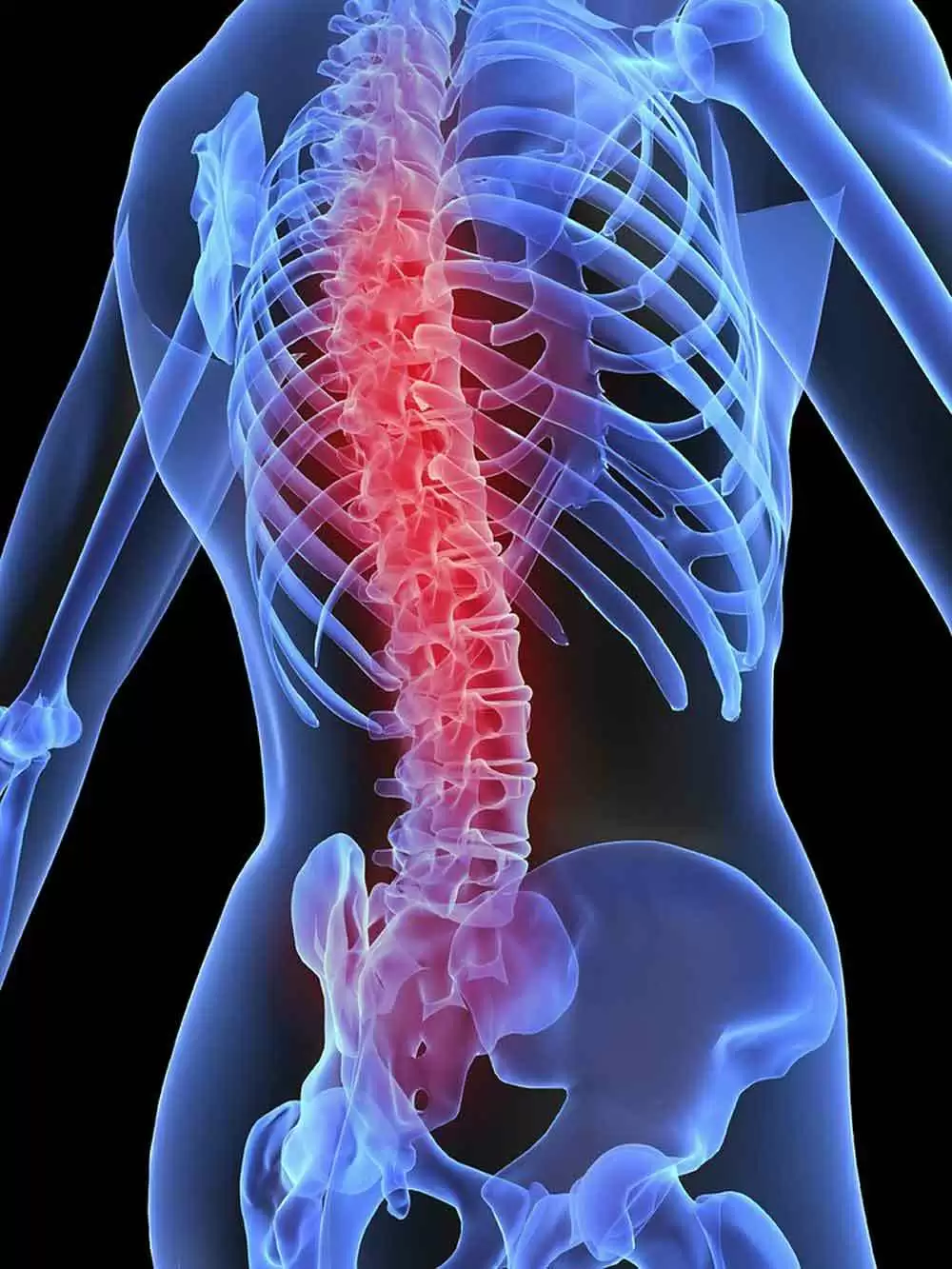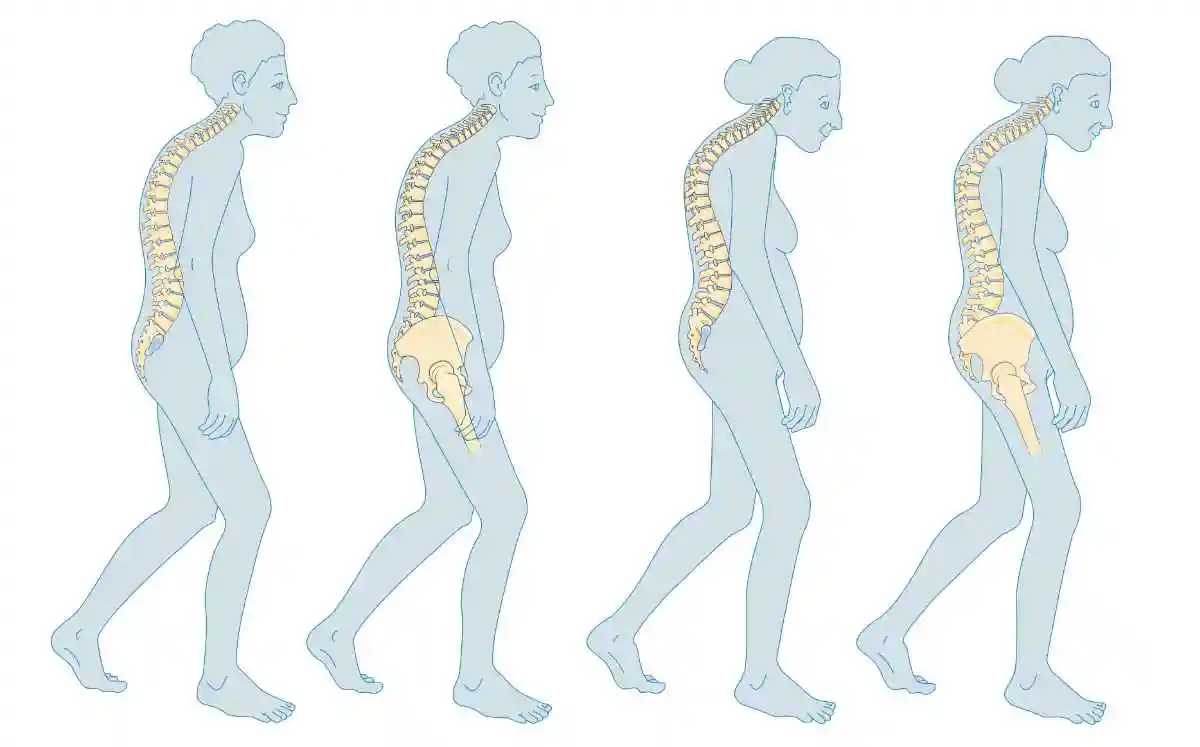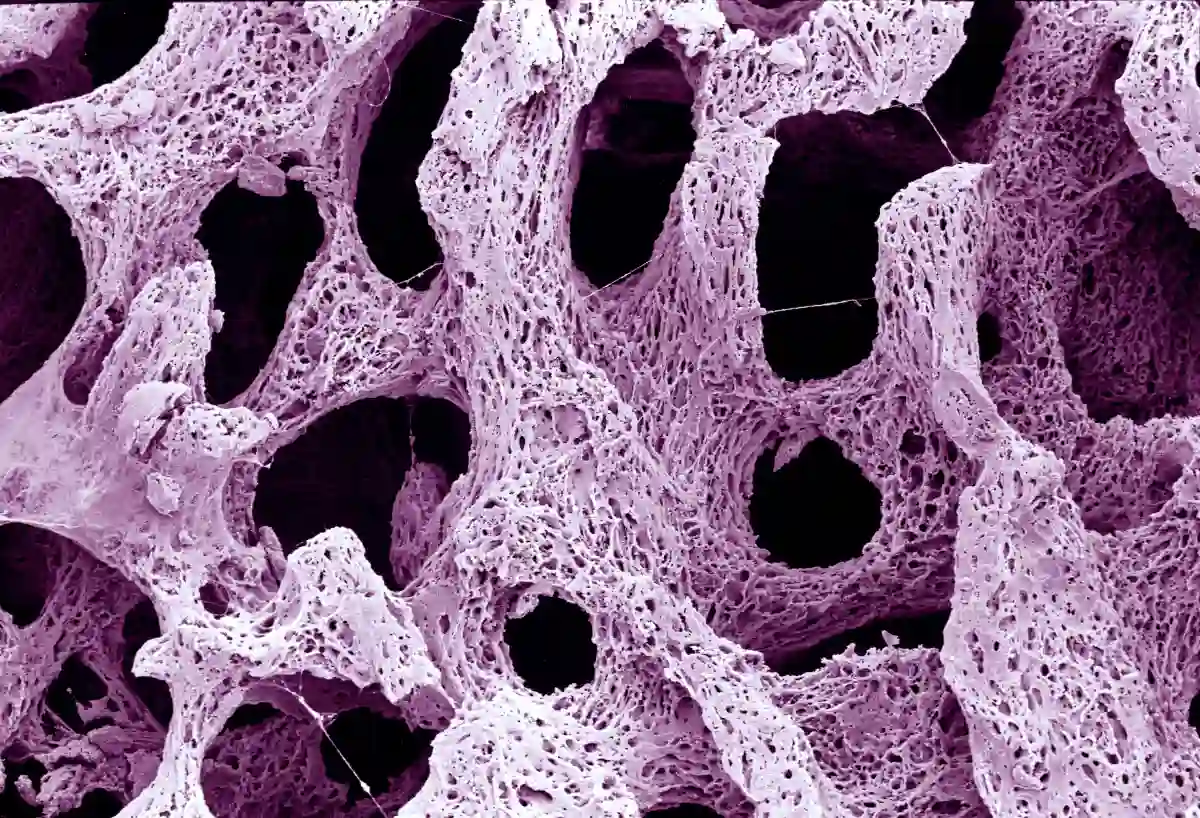Celiac.com 10/16/2025 - People living with celiac disease face more than just the challenge of avoiding gluten. This condition, which causes the immune system to attack the small intestine after eating gluten, can lead to long-term complications if untreated. One of the most concerning complications is the increased risk of osteoporosis and bone fractures. Because of this, many healthcare providers recommend that patients undergo bone mineral density testing, often with a scan called Dual Energy X-ray Absorptiometry (DXA). However, doctors have debated the best time to perform this test. Should it be done right when celiac disease is diagnosed, or later in life? This study set out to answer that question by carefully analyzing bone health in hundreds of patients with celiac disease.
How the Study Was Conducted
The researchers followed 627 adults with celiac disease, all over the age of 25. Each person had DXA scans performed on the spine and hip, which are the most common areas for osteoporosis to develop. Along with bone density results, the team collected detailed information on each patient’s medical history, including symptoms, blood test results, intestinal biopsy findings, and known risk factors for weak bones. They also evaluated the usefulness of a well-known set of guidelines, called the National Osteoporosis Guidelines Group (NOGG), which are designed to reduce unnecessary scans by identifying only those patients most at risk.
Celiac.com Sponsor (A12):
To dig deeper, the researchers used statistical tools to find out which factors were most strongly linked to low bone mineral density and osteoporosis. They also looked at fracture risk and how different screening strategies might change the ability to detect bone weakness early or prevent future fractures.
Key Findings
The results showed that low bone mineral density was fairly common among people with celiac disease. Overall, 17.2 percent of patients had bone density lower than expected for their age. Surprisingly, this was not limited to older adults. Even patients in their late twenties and early thirties showed a notable prevalence of weaker bones, at about 13.4 percent. As expected, the problem grew worse with age, with the 45-to-54-year-old group showing an even higher rate of bone density loss.
Osteoporosis, which is more severe than low bone density, was diagnosed in nearly 18 percent of all patients. Once again, the likelihood of having osteoporosis was much higher in patients over 45 years old. Risk factors that made osteoporosis or low bone density more likely included weight loss, being underweight, and iron deficiency anemia, all of which are fairly common in celiac disease.
When the researchers applied the NOGG guidelines, they found that more than two-thirds of the patients could have skipped the DXA scan. However, this approach had trade-offs. While it reduced unnecessary scans, it also risked missing almost 16 percent of patients who had low bone density for their age and might benefit from treatment or closer monitoring. On the other hand, the chance of missing someone with severe bone loss requiring immediate treatment was very small, less than one percent.
Balancing Early Detection and Practical Care
The study highlights that there is no single “perfect” time to do bone density screening for people with celiac disease. Instead, the decision depends on what the healthcare team is trying to achieve. If the goal is to find bone weakness as early as possible, then performing a DXA scan right at the time of diagnosis is the most effective option. This ensures that even younger adults who may already have weaker bones are identified quickly.
However, if the main concern is preventing fractures and focusing medical resources on the highest-risk patients, then using the NOGG criteria can be a practical solution. This approach allows doctors to avoid scanning many patients unnecessarily while still catching those most likely to experience bone fractures. The drawback is that some cases of early bone weakness may be overlooked.
The researchers suggest that healthcare providers may need to tailor their approach depending on available resources, the age of the patient, and other risk factors. For example, a younger patient who is underweight or who has severe anemia may still benefit from an early DXA scan, while an older patient may fall more clearly under the NOGG-based strategy.
Why This Matters for People With Celiac Disease
For individuals living with celiac disease, this study carries an important message. Weak bones and fractures are not just concerns for the elderly. Even younger adults with celiac disease can show early signs of bone problems. Because of this, patients should talk openly with their doctors about bone health, especially if they have experienced weight loss, anemia, or other risk factors that suggest weaker bones. In many cases, a simple DXA scan could provide valuable information and lead to preventive treatment before fractures occur.
For patients already following a gluten-free diet, understanding bone health is another crucial part of managing celiac disease. This study shows that the timing of screening can make a difference and that a thoughtful, personalized approach works best. Patients who take charge of their bone health, together with their healthcare team, can reduce the risk of painful and life-altering fractures.
Conclusion
This study provides valuable insight into when bone density screening should be performed in people with celiac disease. The findings suggest that early scanning helps identify hidden cases of low bone density, especially in younger adults, while guidelines like those from NOGG can reduce unnecessary testing but may overlook milder cases. The message is clear: there is no one-size-fits-all approach. Instead, the best strategy is to consider each patient’s age, health status, and risk factors. For those with celiac disease, awareness and early action can play a critical role in protecting bone health and preventing fractures later in life.
Read more at: journals.lww.com











Recommended Comments
Create an account or sign in to comment
You need to be a member in order to leave a comment
Create an account
Sign up for a new account in our community. It's easy!
Register a new accountSign in
Already have an account? Sign in here.
Sign In Now